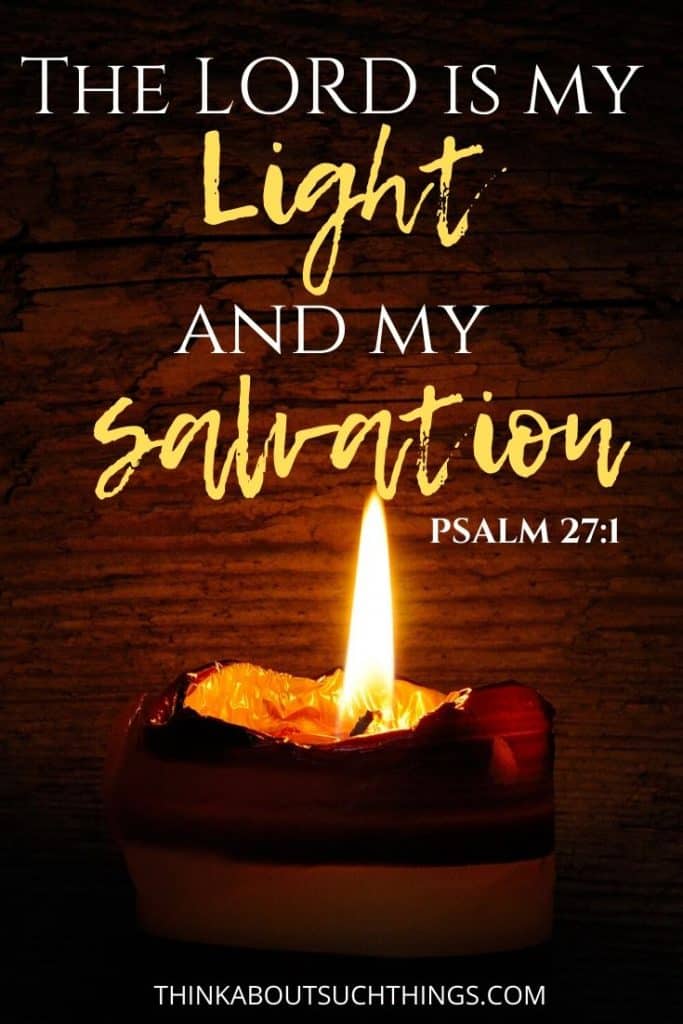
Mark 13:24 (KJV) But in those days, after that tribulation, the sun shall be darkened, and the moon shall not give her light (φέγγος), The amount of earthshine may be negligible to modern science, but Jesus who created all things knows the truth about light from the moon and His description correctly makes this distinction because it differentiates that light from the sunlight: Light reflected by the moon is always a combination of sun light and earthshine. That pale glow on the unlit part of a crescent moon is light reflected from Earth. When you look at a crescent moon shortly after sunset or before sunrise, you can sometimes see not only the bright crescent of the moon, but also the rest of the moon as a dark disk. This is a judgment by appearances because the moon also reflects light from the earth: And despite the fact that it sometimes seems to shine very brightly, the moon reflects only between 3 and 12 percent of the sunlight that hits it. The moon shines because its surface reflects light from the sun.

The only reasonable way to read the text is at face value-that there is going to be dark days for men.Īccording to mainstream science, the moon gets its light from the sun: Folks with modern scientific knowledge about how the moon works go on talking about it as if it was a light source because that's the net affect.Įrgo it would be impossible to make a case from this text that there is a scientific error or ignorance at play here. The point is that you're trying to draw a distinction between the way people talk about the moon knowing exactly how it works and not knowing how exactly it works and there isn't a distinguishable difference in usage. Add "moonlight" in and you get even more. The vast majority of these are NEW usage. As such, we note that human observers still use much the same expressions in every-day language.ĭoing a Google search for light of the moon turns up some 16 million results. The context is clearly not trying to describe the exact path of the photons so much as the affect as seen by humans. It would be almost impossible to analyze the original text to read such an outcome into the author's intent because we have no control case by which to judge a difference. “The sun shall be turned to darkness, and the moon to blood, before the great and awesome day of the Lord comes.” The reflection idea from 92 million miles away is hopeless wrong Yet the moon is visible and a different color. If the sun is darkened enough or turned to darkness meaning the light is completely off then the moon should have no light at all. If the moon were a reflector then when the sunlight is removed the moon should have less light to reflect. “Immediately after the tribulation of those days the sun will be darkened, and the moon will not give its light, and the stars will fall from heaven, and the powers of the heavens will be shaken.”Įven Jesus says the moon has its own light because from the beginning He created the moon to be a light and not a rock and not a reflector. We can rest assured that Jesus being the Creator knew exactly what He had created looked like, how it behaved and it’s properties. “When I blot you out, I will cover the heavens and make their stars dark I will cover the sun with a cloud, and the moon shall not give its light.” “Moreover, the light of the moon will be as the light of the sun, and the light of the sun will be sevenfold, as the light of seven days, in the day when the Lord binds up the brokenness of his people, and heals the wounds inflicted by his blow.” “For the stars of the heavens and their constellations will not give their light the sun will be dark at its rising, and the moon will not shed its light.” It is for this reason that throughout Scripture including the NT that the moon is seen has a light and the possessor of its own light and not a reflector.

In Biblical cosmology the moon is a light and it gives its own light. God did not say let there be a light and a reflector. And God made the two great lights-the greater light to rule the day and the lesser light to rule the night-and the stars.” And let them be for signs and for seasons, and for days and years, and let them be lights in the expanse of the heavens to give light upon the earth.” And it was so. “And God said, “Let there be lights in the expanse of the heavens to separate the day from the night. The sun likewise is a light and not a gaseous star. If we do not infer modern secular cosmology onto the text then yes the moon is a light and not a rock.


 0 kommentar(er)
0 kommentar(er)
